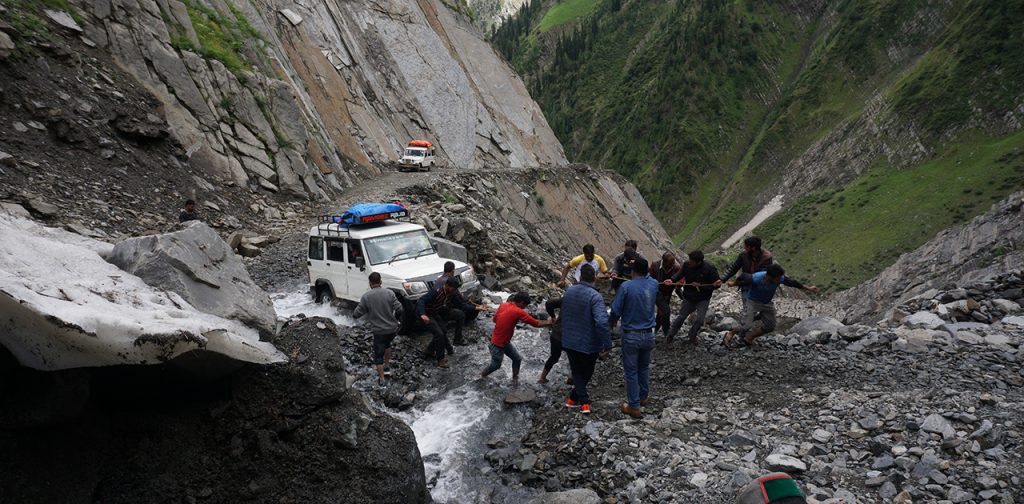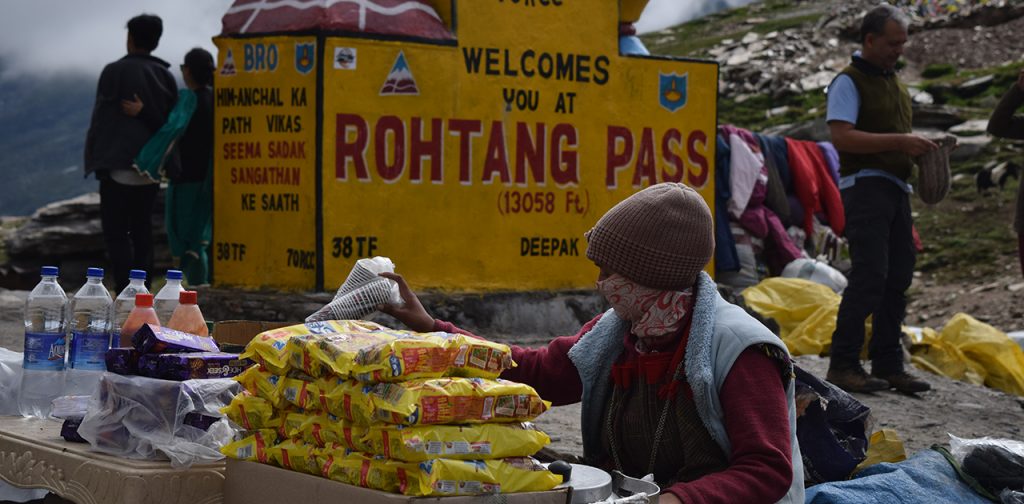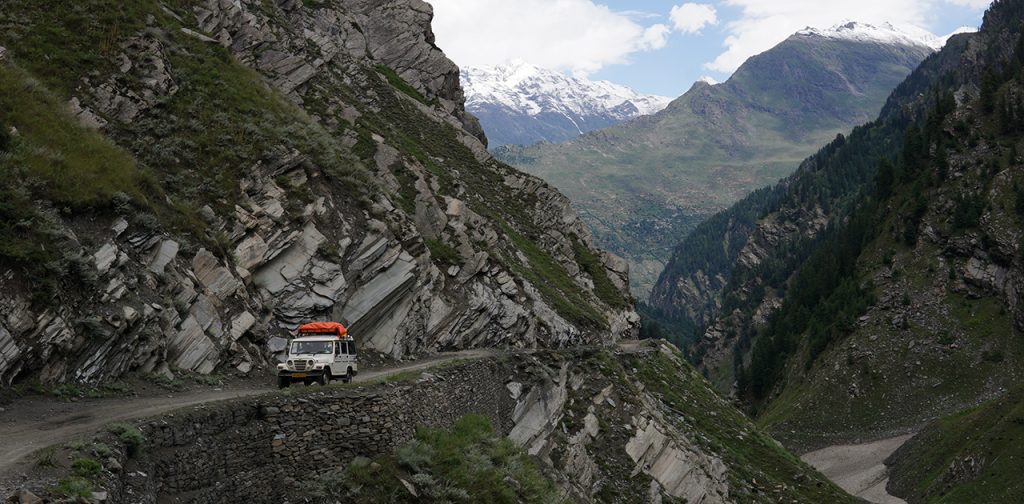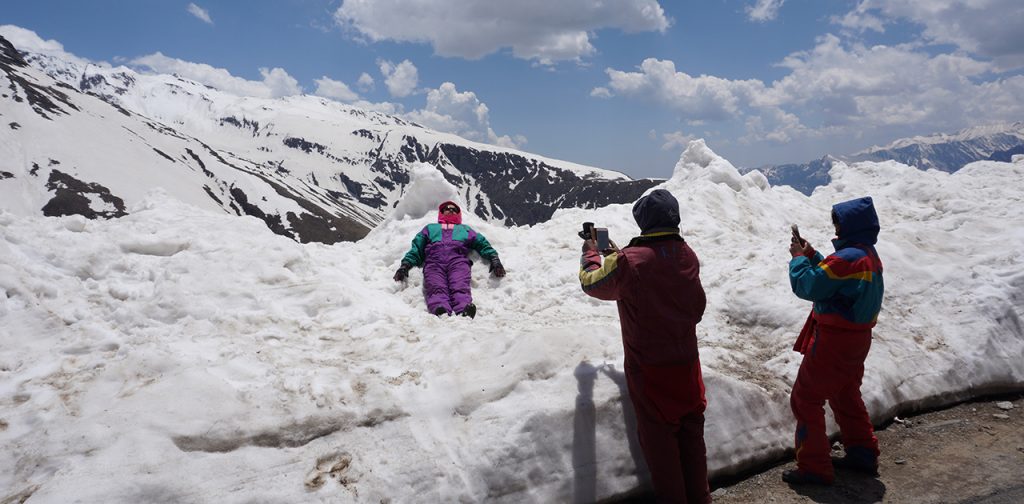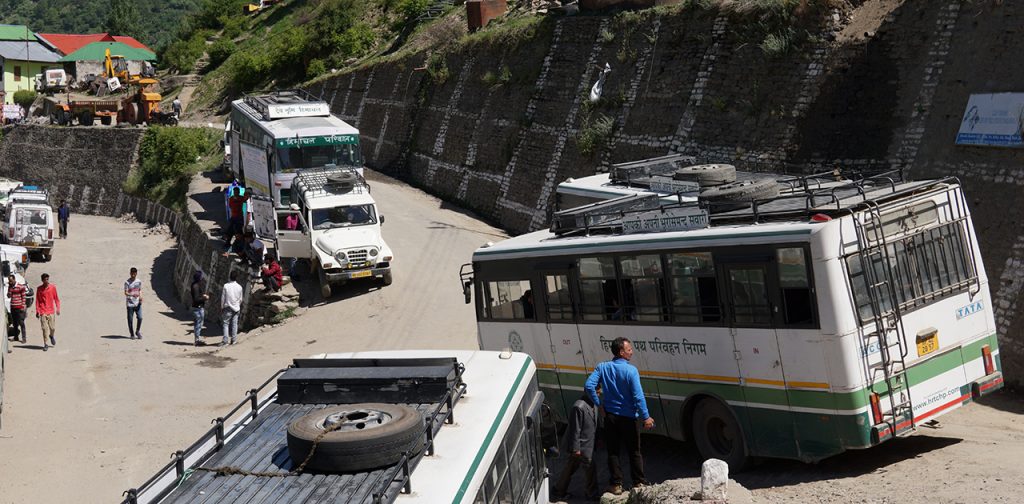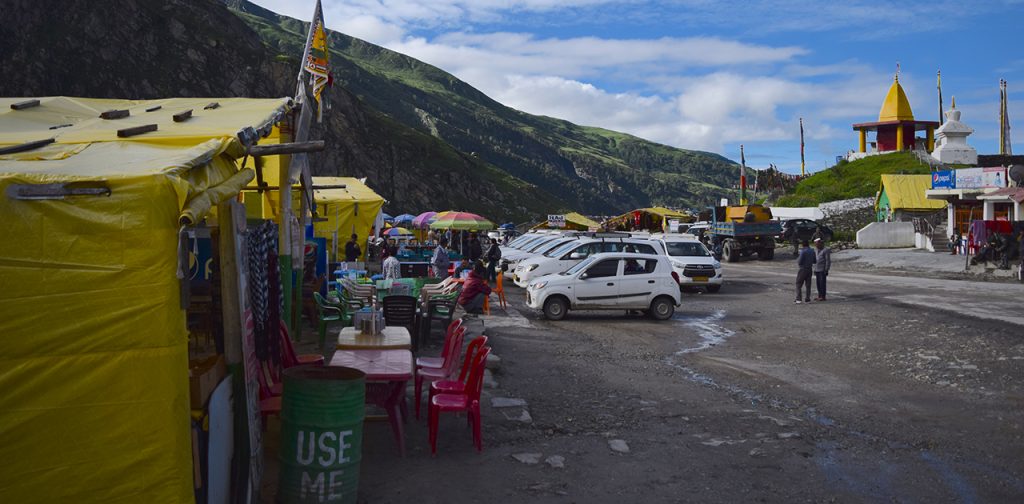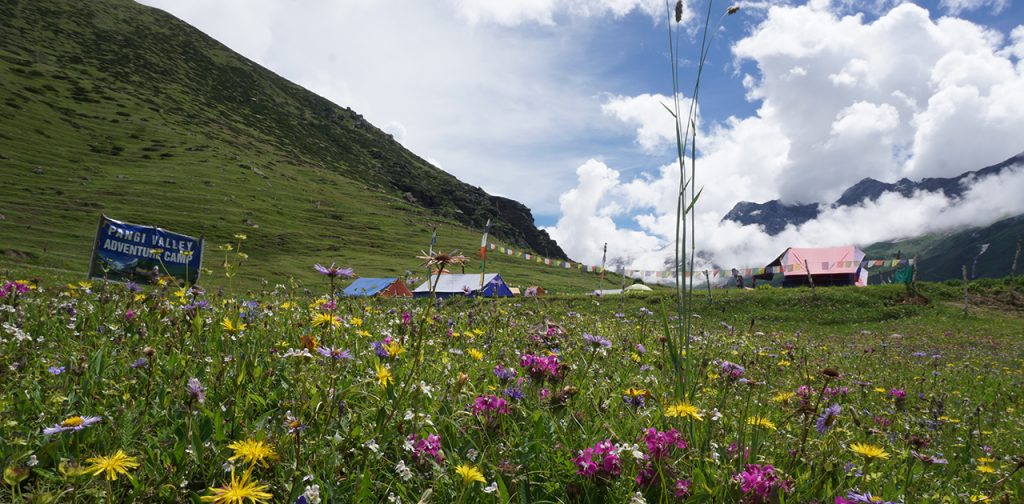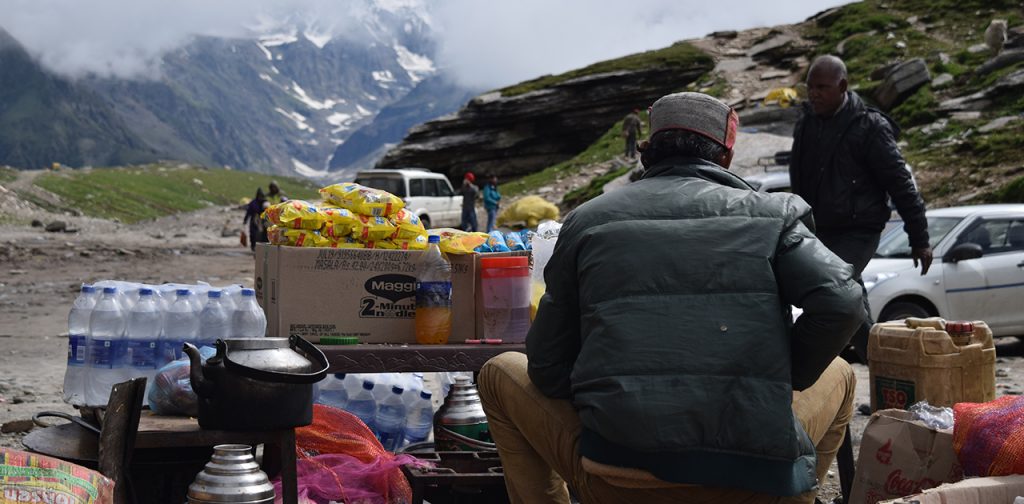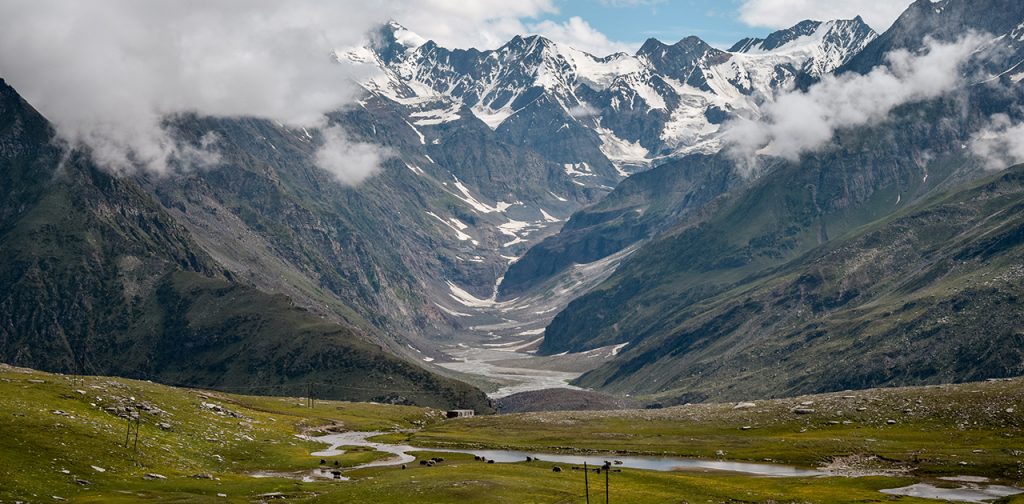If managed sustainably, low impact nature based tourism could be a driver of success in terms of economy, livelihoods and conservation. However, it could also easily become a threat to the preservation of pristine high altitude ecosystems and cultural traditions.
Himachal Pradesh is one of the most popular Himalayan destinations with a global appeal, adorned by mountain peaks and glaciers that feed many perennial rivers that in turn support a diversity of life. Tourism in Himachal Pradesh contributes a significant 6.6% to the Gross State Domestic Product with the peak tourist season lasting from April and to October. The current main source of livelihood of the population is agriculture (including horticulture). Done well, tourism can be a major socio-economic driver – providing alternative livelihoods options, generating employment, foreign exchange earnings and leading to the development of infrastructure in these remote areas.
Tourism is the largest service industry and the third largest foreign exchange earner for India, making it an indispensable driver of economic growth. In 2018, the sector accounted for 9.2% of India’s GDP and created 42.7 million jobs.
Government Policies
Because unchecked tourism has often adversely affected local landscapes and natural resources, the state government formulated the HP Sustainable Tourism Policy in 2013 focusing on tourism that encompasses the preservation of nature, culture and heritage while providing sustainable livelihood opportunities for the local communities.
In 2017, the HP Forest Department released an Eco-Tourism Policy, becoming one of the first states to adopt ecotourism as a concept. This led to the creation of an autonomous body called the Eco-tourism Society of Himachal Pradesh or HP-ECOSOC, aiming towards conservation of nature and culture by involving local communities and harnessing the principles of participatory forestry management. In addition, HP-ECOSOC trains local people to be nature guides who can educate visitors about conservation.
This is yet to take place in the SECURE Himalaya Landscape. Coordination and collaboration between the tourism department and eco-tourism wing of the forest department must also be strengthened to achieve this common goal.
Present status of tourism in Pangi-Lahaul
- Very low tourists footfalls
- Remote and Inaccessable
- Inadequate accomodation
- Region blocked during 6-7 winter months
- Lack of trained and certified guides
- Lack of trained and certified guides
- Poor internet connectivity

Most visitors to Pangi Valley are bikers intending to ride on the treacherous Kishtwar-Killar Road. Pangi valley is also visited by trekkers to walk into Miyar valley in Lahaul and Zanskar. Both bikers and trekkers base themselves in Killar or Udaipur, which are best equipped to serve tourists in terms of infrastructure. However, overall tourism infrastructure is very limited. Forest Rest Houses are available in 12 different villages of Pangi, but only 2 of them have online booking facilities. Gaps in infrastructure include lack of adequate signage, poor mobile and internet connectivity, limited ATMs and banks, lack of tourist and nature interpretation centres. Locals are engaged in tourism as guides, porters, cooks, mule suppliers during the tourist season, often through external tour agencies who bring tourists to the landscape. But they are mostly not formally trained or legally certified. Moreover, there are no emergency rescue teams present in Pangi Valley. Private vehicle operators ferry tourists to the valley during the tourist season. Local handicrafts or produce are not sold to tourists.
